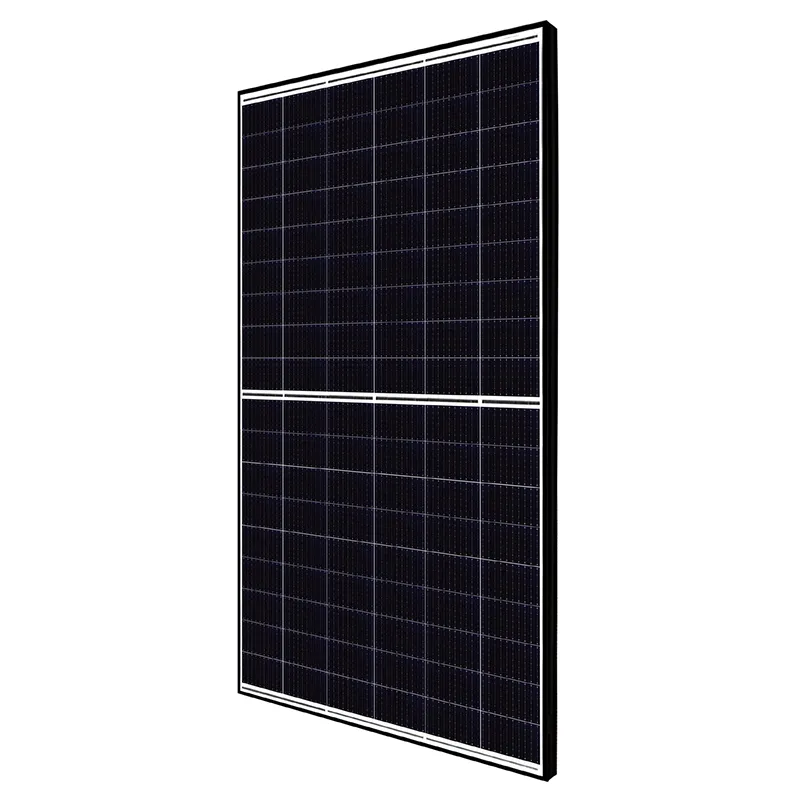Current Pricing Trends for Monocrystalline Solar Panels per Watt in the Renewable Energy Market
Understanding Monocrystalline Solar Panel Prices per Watt
In recent years, the demand for renewable energy has surged, prompting many homeowners and businesses to consider solar energy as a viable alternative to traditional electricity sources. Among the various types of solar panels available, monocrystalline solar panels are often regarded as one of the most efficient and aesthetically pleasing options. However, one of the critical factors that potential buyers must consider is the price per watt of these panels.
What are Monocrystalline Solar Panels?
Monocrystalline solar panels are made from a single crystal structure of silicon. This results in a high purity level of silicon, which contributes to their superior efficiency and performance. Typically, monocrystalline panels have an efficiency rate of 15% to 22%, making them an attractive option for homeowners looking to maximize energy production on limited roof space. Their sleek black appearance, compared to the bluish hue of polycrystalline panels, also appeals to many consumers concerned with aesthetics.
Price Trends in Monocrystalline Solar Panels
As of 2023, the price of monocrystalline solar panels per watt has seen significant fluctuations due to various factors, including technological advancements, raw material costs, and market demand. On average, the cost can range from $0.70 to $1.20 per watt, depending on the manufacturer and the specific technology used. In recent years, the trend has leaned towards decreasing prices due to advancements in manufacturing processes, increased competition, and governmental incentives promoting solar energy installations.
According to the latest industry reports, prices for high-quality monocrystalline panels have stabilized, making them more accessible to both residential and commercial customers. This decline in prices is complemented by a growing awareness of the benefits of solar energy, enhancing the appeal of monocrystalline panels for potential buyers.
Factors Influencing Prices
monocrystalline solar panel price per watt

Several factors influence the price per watt of monocrystalline solar panels
1. Raw Material Costs The primary component, silicon, plays a significant role in pricing. Fluctuations in the global supply chain can impact costs; hence monitoring the market for raw materials is crucial.
2. Technological Innovations Continuous improvements in solar technology, such as bifacial designs and PERC (Passivated Emitter and Rear Cell) technology, can lead to variations in price per watt. More technologically advanced models may carry a higher price tag but offer better efficiency and energy output.
3. Market Demand The growing adoption of solar energy worldwide affects pricing. Increased demand can drive prices up, while oversupply in the market can have the opposite effect.
4. Government Incentives Subsidies, tax credits, and renewable energy incentives can significantly influence the final installed cost of solar systems, indirectly affecting the price per watt of solar panels.
Evaluating Value Over Price
When considering the price per watt, it's essential to evaluate the overall value that monocrystalline solar panels provide. While they may have a higher upfront cost compared to polycrystalline panels, their efficiency and space-saving design often make them a more economical choice in the long run. With less roof space needed for installation, homeowners can benefit from lower installation costs and faster energy payback periods.
In conclusion, while the price per watt of monocrystalline solar panels is an essential factor in the purchasing decision, it is equally important to consider their overall efficiency and the long-term benefits they offer. As more consumers look to invest in sustainable energy, monocrystalline panels will continue to play a significant role in the solar energy landscape, making them a worthwhile investment for many. Whether for residential or commercial applications, understanding these aspects can help buyers make informed choices that align with their energy needs and financial goals.
-
String Solar Inverter: The High-Efficiency Solution for Smart Solar EnergyNewsJul.14,2025
-
Revolutionizing Rooftop Energy with the Power of the Micro Solar InverterNewsJul.14,2025
-
Power Independence with Smart Off Grid Solar Inverter SolutionsNewsJul.14,2025
-
On Grid Solar Inverter: Powering the Future with Smart Grid IntegrationNewsJul.14,2025
-
Monocrystalline Solar Panels: High-Efficiency Power for the Future of Clean EnergyNewsJul.14,2025
-
Bifacial Solar Panel: A Smarter Investment for Next-Generation Energy SystemsNewsJul.14,2025







